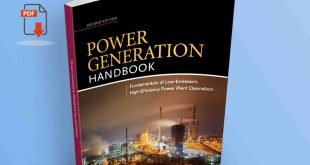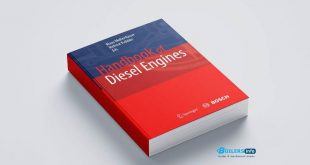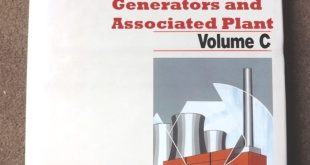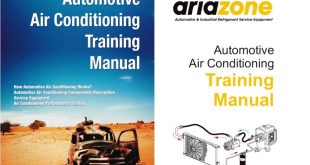Engineering Fundamentals of the Internal Combustion Engine
The internal combustion engine (ICE) is one of the most pivotal inventions in modern technology, powering everything from vehicles to industrial machines. This article explores the engineering fundamentals of internal combustion engines, examining the essential processes involved, from combustion to emissions control.
Table of Contents
ToggleEmissions and Air Pollution
The emission of pollutants from internal combustion engines has become a major environmental concern. These pollutants include nitrogen oxides (NOx), carbon monoxide (CO), unburned hydrocarbons (HC), and particulate matter (PM). Reducing emissions from internal combustion engines requires the application of various technologies such as catalytic converters, exhaust gas recirculation (EGR), and selective catalytic reduction (SCR). Additionally, cleaner fuels like compressed natural gas (CNG) or hydrogen are being explored as alternatives to traditional gasoline and diesel.
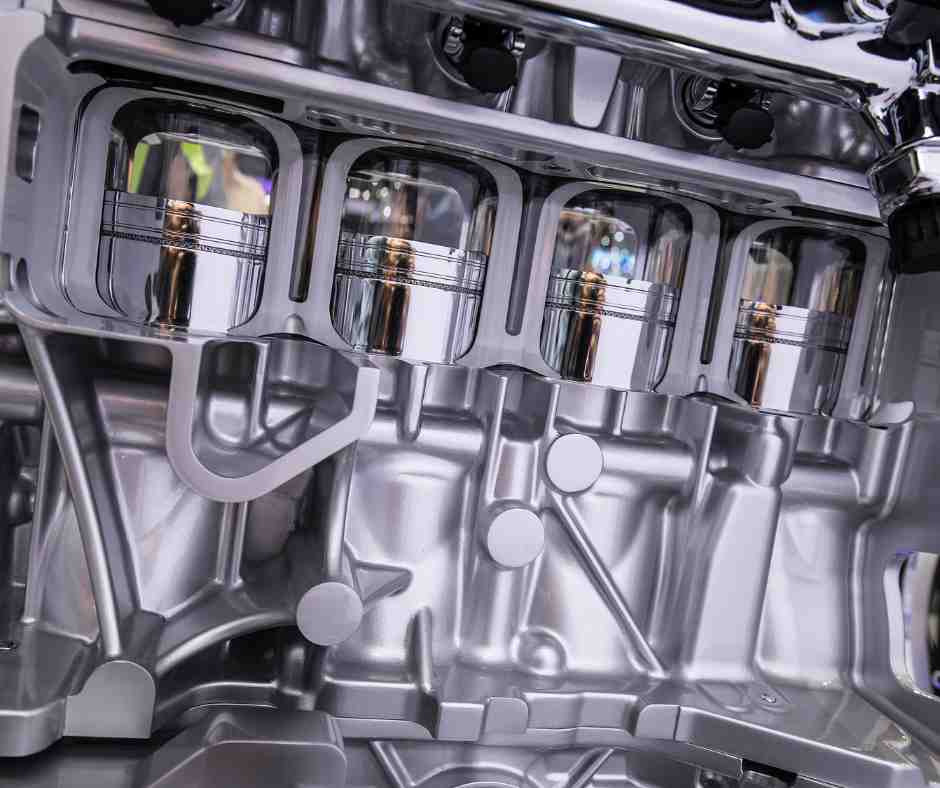
Key Factors in Emission Control:
- Fuel Type: The use of low-sulfur fuels helps reduce the emission of sulfur compounds.
- Engine Design: Advanced engine designs that optimize combustion can help reduce emissions.
- After-treatment Systems: Devices like catalytic converters help to chemically convert harmful gases into less harmful substances.
Heat Transfer in Engines
Heat management is a critical aspect of engine performance and longevity. Internal combustion engines generate large amounts of heat, and it must be efficiently transferred away from critical components like the combustion chamber, cylinder walls, and exhaust valves. Heat transfer in engines occurs through conduction, convection, and radiation.
Cooling Systems: Modern engines are equipped with cooling systems, often using water or coolant to absorb excess heat. These systems prevent engine components from overheating, which could lead to thermal damage and failure. The radiator plays a significant role in dissipating this heat into the atmosphere.
Heat Transfer Efficiency: Efficient heat transfer can improve the engine’s performance by maintaining optimal operating temperatures. Excess heat can reduce the engine’s efficiency, so advanced engine designs incorporate thermal barriers and coatings to minimize heat loss.
Friction and Lubrication
Friction between moving parts inside an engine generates heat and wear, which can reduce the engine’s efficiency and lifespan. Lubrication plays a crucial role in minimizing friction and preventing excessive wear. Engine oil is used to lubricate moving parts such as pistons, crankshafts, and valves, ensuring smooth operation and reducing the risk of breakdowns.
Key Aspects of Lubrication:
- Oil Quality: The viscosity and additives in engine oil help ensure effective lubrication and protection against wear.
- Oil Circulation: The oil pump ensures that oil circulates efficiently throughout the engine, preventing dry friction spots that could lead to serious damage.
Air and Fuel Induction
The process of air and fuel induction is vital for the combustion process in an engine. Air is drawn into the engine through the intake manifold, and fuel is mixed with the air to create a combustible mixture. Modern engines use various systems to enhance the efficiency of air and fuel induction.
Air Induction:
- Turbocharging: A turbocharger compresses the intake air to increase its density, allowing more air to enter the engine. This results in a more powerful combustion process.
- Intercooling: Air is cooled after compression to increase its density further, improving combustion efficiency and reducing the risk of knocking.
Fuel Injection:
- Fuel Injectors: These devices spray fuel into the intake air at the right moment, ensuring the optimal fuel-air mixture for combustion. The precise control of fuel injection is crucial for engine efficiency and emissions control.
- Direct Injection: This advanced technique involves injecting fuel directly into the combustion chamber, improving fuel efficiency and reducing emissions.
Fluid Motion Within the Combustion Chamber
The movement of fluids (air and fuel mixture) within the combustion chamber influences the efficiency and stability of the combustion process. Effective mixing of air and fuel promotes better combustion, while inefficient mixing can result in incomplete combustion, reduced performance, and higher emissions.
Swirl and Tumbling Motion: Engineers design the combustion chamber and intake manifold to create swirl and tumbling motions in the air-fuel mixture, improving the mixture’s homogeneity. This enhances the combustion efficiency and reduces harmful emissions.
Combustion
Combustion is the core process of an internal combustion engine, where the fuel-air mixture is ignited to produce power. This process can be broken down into four stages: intake, compression, power, and exhaust, which correspond to the engine cycle.
Types of Combustion:
- Homogeneous Combustion: The fuel and air are well-mixed before ignition, leading to a smooth, complete combustion process.
- Heterogeneous Combustion: In this case, the fuel and air are not perfectly mixed, leading to less efficient combustion, often accompanied by incomplete combustion products such as soot.
Combustion efficiency is crucial for engine performance. High combustion temperatures can lead to increased thermal losses and engine knocking, which reduces efficiency and could cause long-term damage.
Exhaust Flow
Once combustion occurs, the resulting gases must be expelled from the engine. Exhaust flow is a critical factor that affects both performance and emissions. The exhaust gases are channeled out through exhaust valves, into the exhaust manifold, and ultimately out of the vehicle through the exhaust system.
Exhaust System Components:
- Exhaust Manifold: Collects exhaust gases from multiple cylinders and directs them to the exhaust pipe.
- Catalytic Converters: Reduce harmful pollutants in exhaust gases, converting harmful substances like CO and NOx into less harmful gases like CO2 and nitrogen.
- Mufflers: Reduce the noise created by the engine’s exhaust gases.
Introduction to Engine Cycles
An internal combustion engine typically operates on one of two major cycles: the Otto Cycle or the Diesel Cycle. These cycles describe the sequence of events that occur within the engine as the fuel-air mixture is ignited, power is generated, and exhaust is expelled.
- Otto Cycle: Used in gasoline engines, the Otto cycle involves spark ignition to combust the air-fuel mixture. This cycle is efficient for lighter vehicles and small engines.
- Diesel Cycle: Diesel engines operate on compression ignition, where air is compressed to high pressures before fuel is injected. Diesel engines generally offer higher efficiency and torque, making them suitable for heavy-duty applications.
Each engine cycle consists of four key strokes: intake, compression, power, and exhaust. These cycles drive the pistons and, in turn, the crankshaft, providing mechanical power to the vehicle.
Thermochemistry and Fuels
The thermochemical properties of fuels play a significant role in the performance of internal combustion engines. Fuels must have a high energy content to maximize efficiency and power output while minimizing pollutants. The energy produced during combustion is directly related to the chemical composition of the fuel, including its carbon and hydrogen content.
Fuels Used in IC Engines:
- Gasoline: A highly refined product derived from crude oil, gasoline is commonly used in light-duty vehicles and is favored for its volatility and ease of ignition.
- Diesel: Diesel is denser and contains more energy per volume than gasoline, making it suitable for heavy-duty applications such as trucks and buses.
- Alternative Fuels: With increasing environmental concerns, there is growing interest in alternative fuels, including ethanol, methanol, compressed natural gas (CNG), and hydrogen.
The choice of fuel affects not only engine performance but also emissions, combustion temperature, and overall engine design.
Conclusion
Internal combustion engines remain a cornerstone of modern technology, powering a vast array of vehicles and machines. From emissions control to heat transfer, lubrication, and the combustion process, the engineering of internal combustion engines is a complex interplay of multiple factors that affect performance, efficiency, and environmental impact. Understanding these fundamental principles is key to advancing the technology of IC engines and developing more sustainable and efficient energy solutions for the future.
 Boilersinfo Boiler and Mechanical Power Digital Library
Boilersinfo Boiler and Mechanical Power Digital Library
